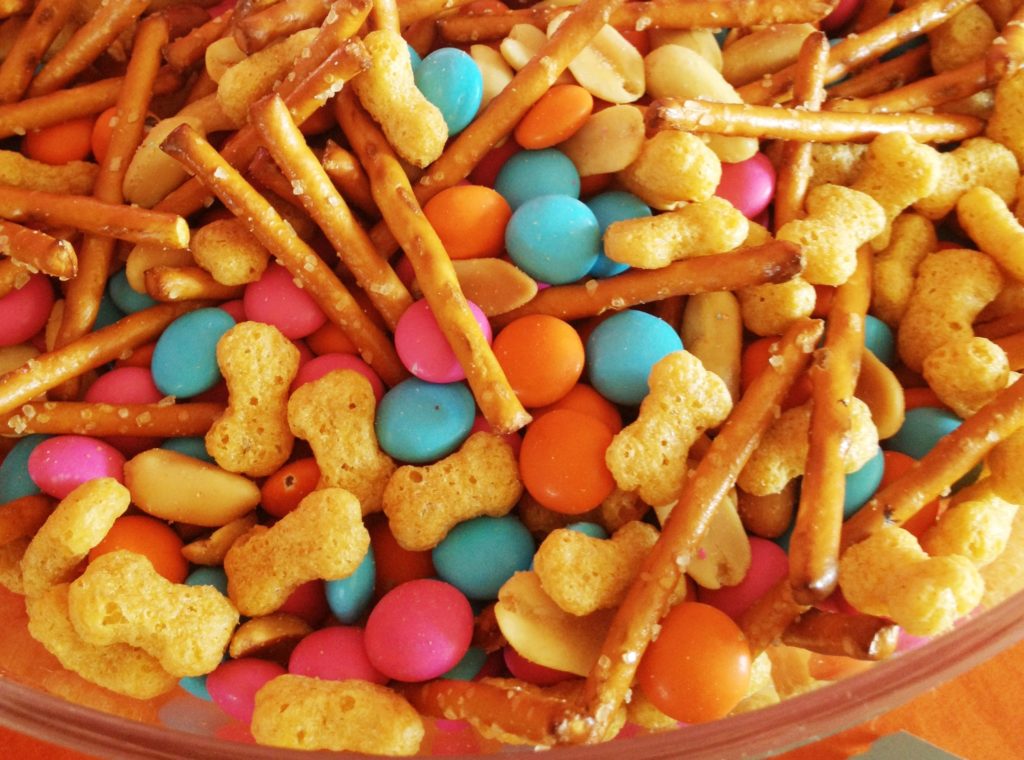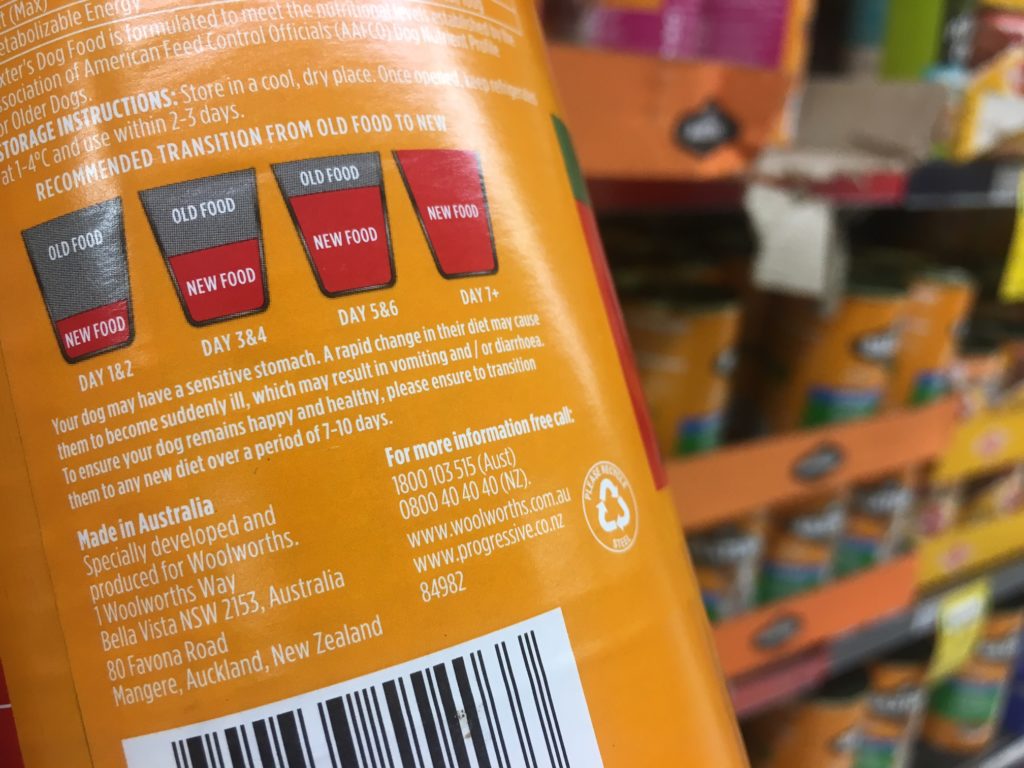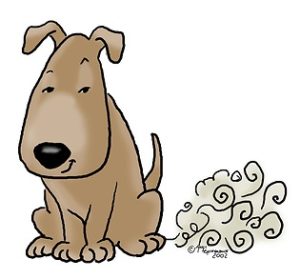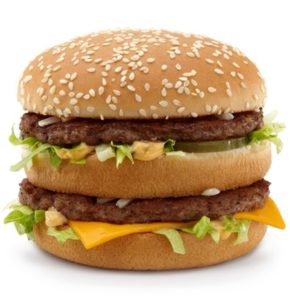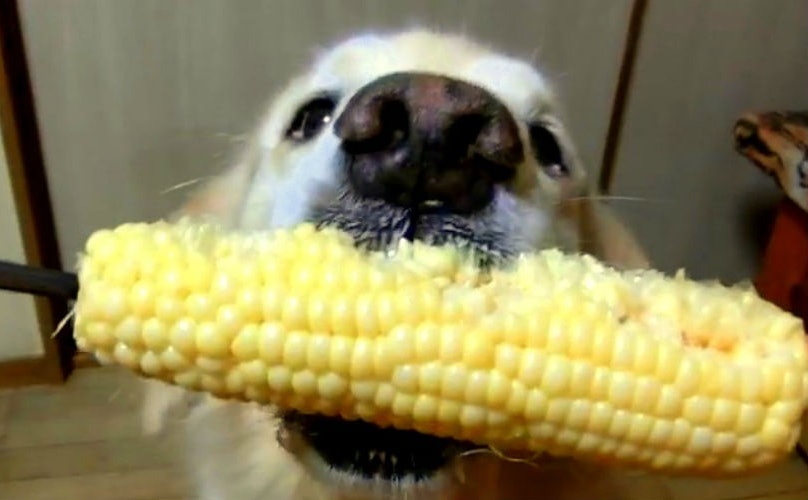A wise director of a global pet food manufacturer once said to me “The best diet for a dog is a properly formulated raw diet, but the worst diet for a dog is a wrongly formulated raw diet“.
I have to take deep breaths and count to ten when people say stuff like “If you can’t feed a dog properly you shouldn’t have a dog. Chicken necks all the way.”
I hear this surprisingly often, and a sole diet of chicken necks is arguably worse than feeding a cheap dry food.
Feeding raw isn’t about giving your dog raw meat every day, it’s about feeding a variety of meats, organs, bones, and fresh foods. A dog has a variety of nutritional needs so a raw diet must cover the whole nutritional spectrum.
If you want to feed raw, and credit to you if you can, then make sure you research thoroughly. I won’t cover raw feeding in depth here as I don’t believe I could cover all the bases, but thankfully there’s a wealth of information on the web and in books.
Make sure you research well, and keep in mind a simple and always overlooked principle – variety.
Where do I start?
Have a browse of The Raw Feeding Community as an excellent starting point, and have a go at some of the many raw dog food recipes on Google, YouTube, et al.
It may seem daunting, but there’s a huge and rapidly growing community out there. Who knows, you’ll probably learn a fair bit about your own nutritional needs as well!
Considerations
Dogs are geared to digest raw meats, even rank meats, and they’re better equipped to tackle bacteria. It’s still worth being sensible with your meat sources and shelf lives.
It may sound like common sense, but wash your hands after handling raw meats. Another good tip is don’t let your dog lick you after eating raw meats. My dog tries, but I politely inform her I will not be licked with raw chicken tongue.
Raw bones are soft, but can still cause choking. Feed appropriately sized bones dependent on the size of your dog, and make sure you’re with them while the eat.
This is especially necessary if your dog’s a gulper. If you have more than one dog they may attempt to swallow the bones quickly from threat of the competition.


